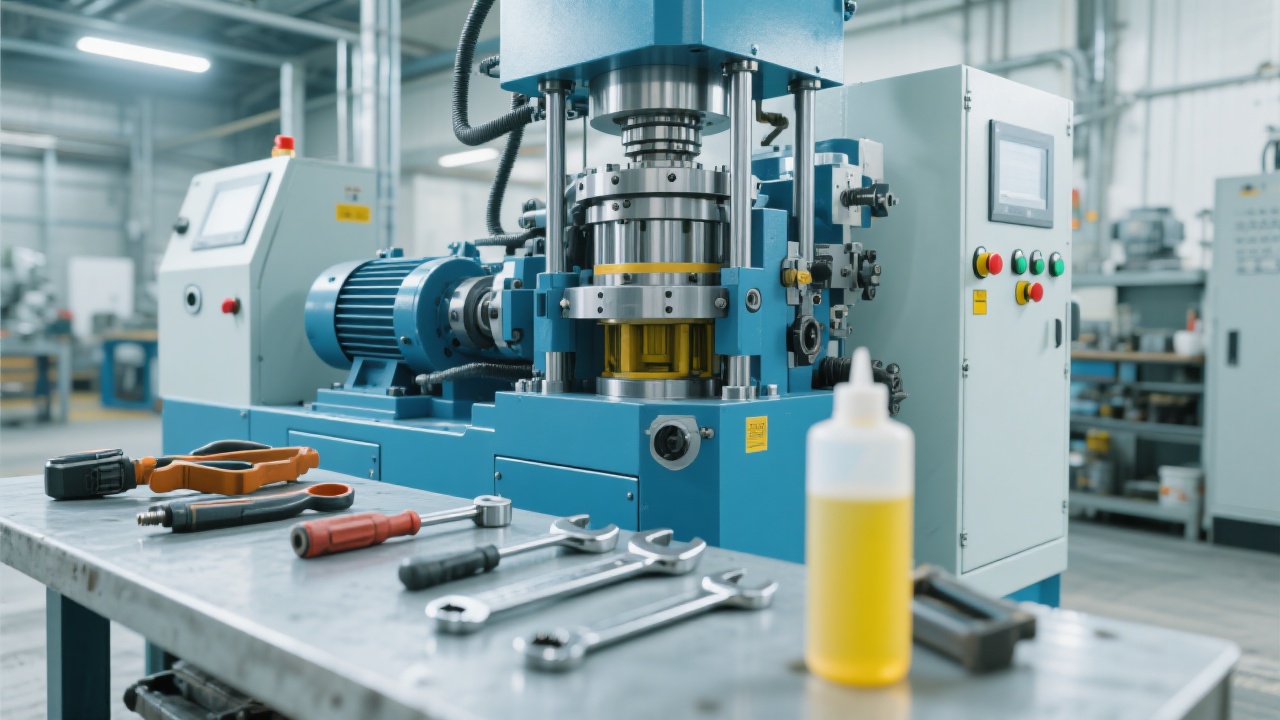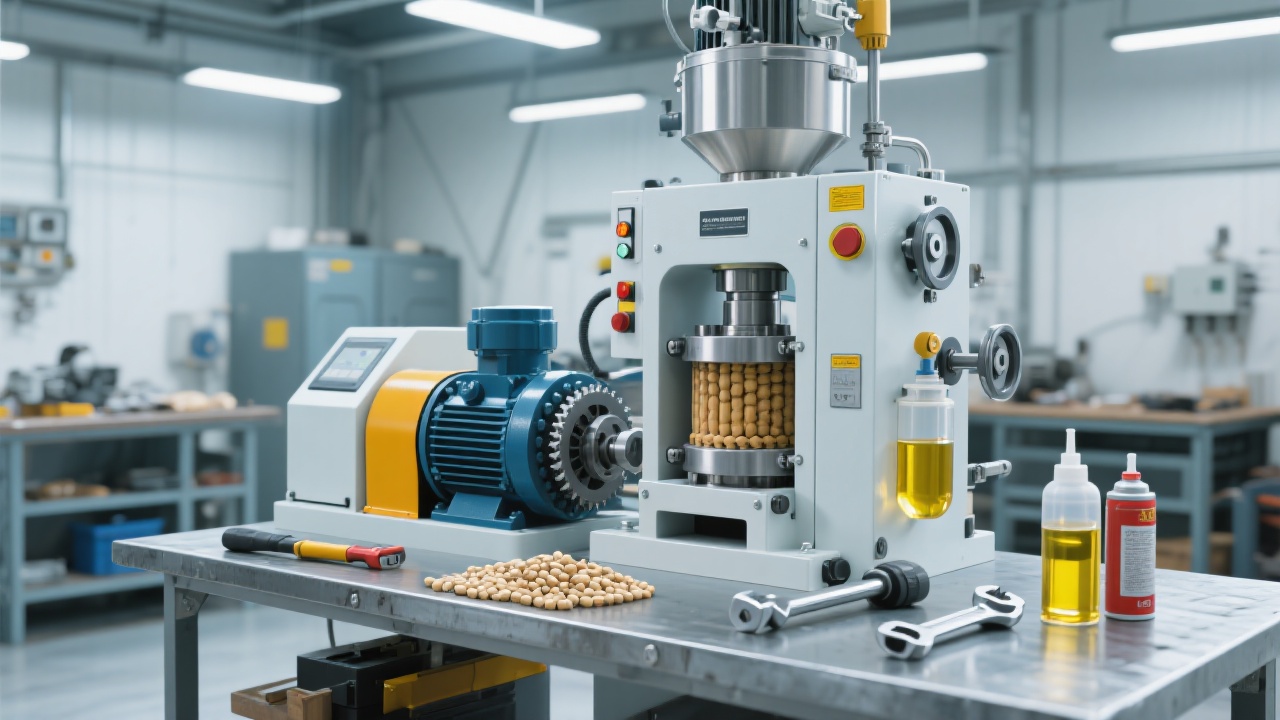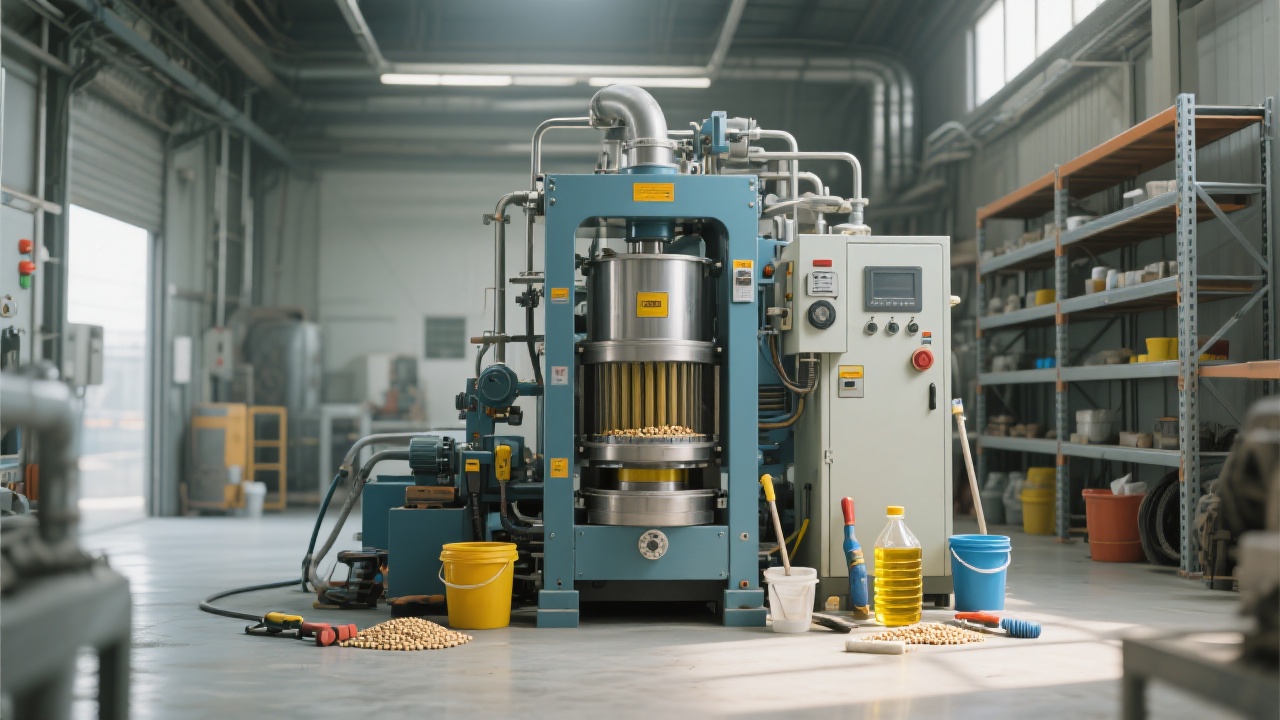
Have you encountered frequent replacements of spiral shafts or unexpected downtime on your oil pressing equipment? The root cause often lies in selecting inappropriate wear-resistant materials that balance hardness and toughness. Understanding this balance is crucial to extending your press’s operational life and boosting efficiency.
Spiral oil presses rely heavily on the durability of key components such as the spiral shaft, bearing cage, and cake discharge mechanism. These parts operate under high friction and load, making them prone to wear and fatigue. Material hardness gives resistance against abrasive wear, while toughness prevents brittle failure due to impact or cyclical stress.
Achieving the right equilibrium means your equipment can withstand harsh pressing environments without cracking or excessive deformation — ultimately reducing maintenance frequency and costly downtime.
Consider the pressing of varied oilseeds like peanut versus rapeseed. The abrasive characteristics and operational stresses differ significantly. For example:
| Oilseed Type | Typical Hardness Requirement (HRC) | Toughness Importance |
|---|---|---|
| Peanuts (High Oil Content) | 55–60 HRC | Moderate |
| Rapeseed (Hard Shell) | 58–62 HRC | High (to resist impact and fatigue) |
The dual spiral shaft design creates additional contact stress and sliding wear, intensifying the need for materials that can maintain integrity under compounded operational demands.

A leading peanut oil producer upgraded their spiral shafts and cage components to specially formulated high-wear alloys with an optimized hardness-toughness profile. The results were striking:
This improvement illustrates that precise material selection based on operational context brings measurable value, not just theoretical benefit.
Consistent upkeep is essential for protecting your investment. Here is a concise checklist for daily and periodic care:
| Maintenance Task | Frequency | Impact |
|---|---|---|
| Visual inspection for wear and cracks | Daily | Early wear detection |
| Lubrication of moving parts | Weekly or per manufacturer specs | Reduced friction and heat, prolonged life |
| Monitor wear thresholds via measurement tools | Monthly | Prevents unexpected failure |
Q1: Should I prioritize hardness or toughness when selecting materials?
Balancing both is essential; high hardness improves abrasion resistance, but without adequate toughness, components risk brittle failure. Your specific operational stresses determine the ideal ratio.
Q2: How often should I perform maintenance checks to avoid unexpected downtime?
Daily visual inspections paired with regular lubrication and monthly wear measurements are recommended to catch issues proactively.
Q3: Can upgrading to a higher hardness alloy reduce energy consumption?
Yes, better material wear resistance decreases friction and heat generation, contributing to energy savings roughly around 8–12% in typical scenarios.

Material excellence alone doesn’t guarantee performance. Strong after-sales service including technical support, timely supply of spare parts, and expert consultation form the backbone of dependable operation. Empowering your team with tailored maintenance plans helps prevent surprises and cements sustained partnership value.

Consult Our Engineering Team Now for Your Tailored Wear-Resistant Material Solution

